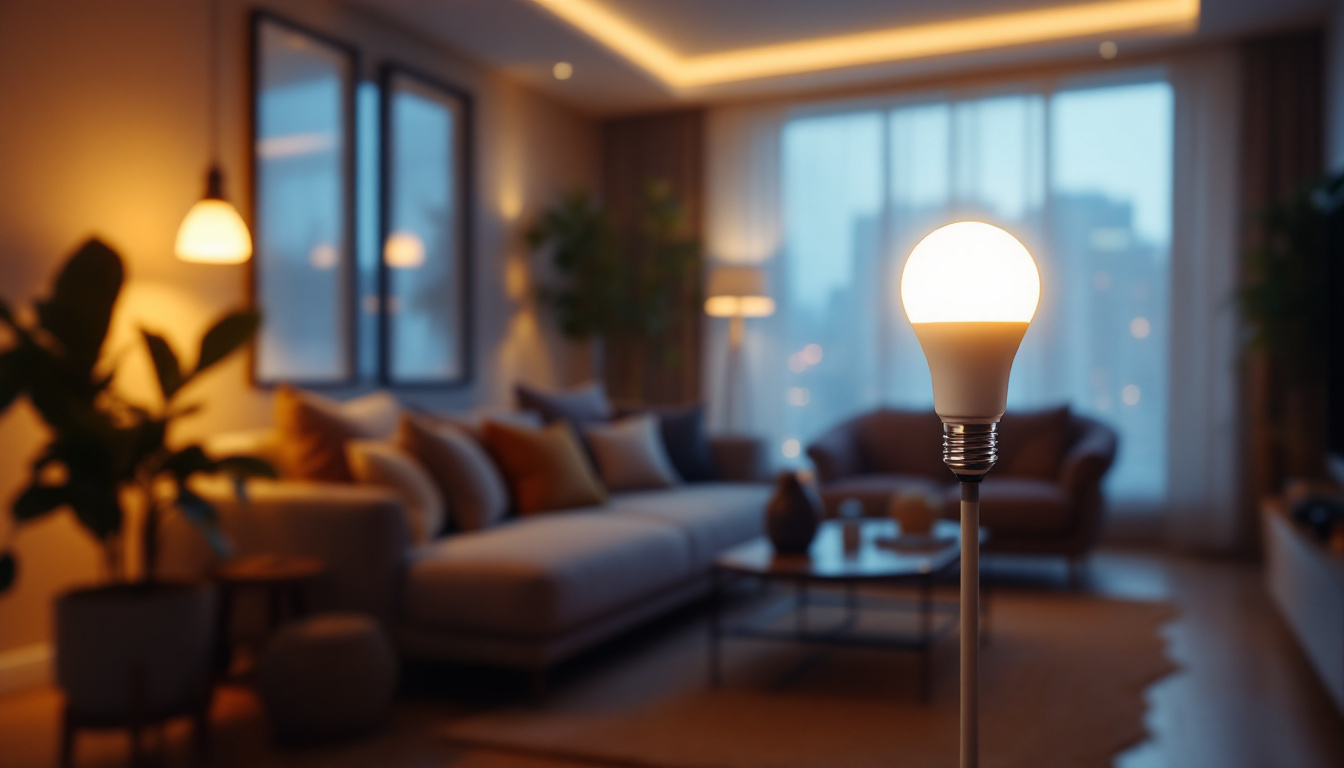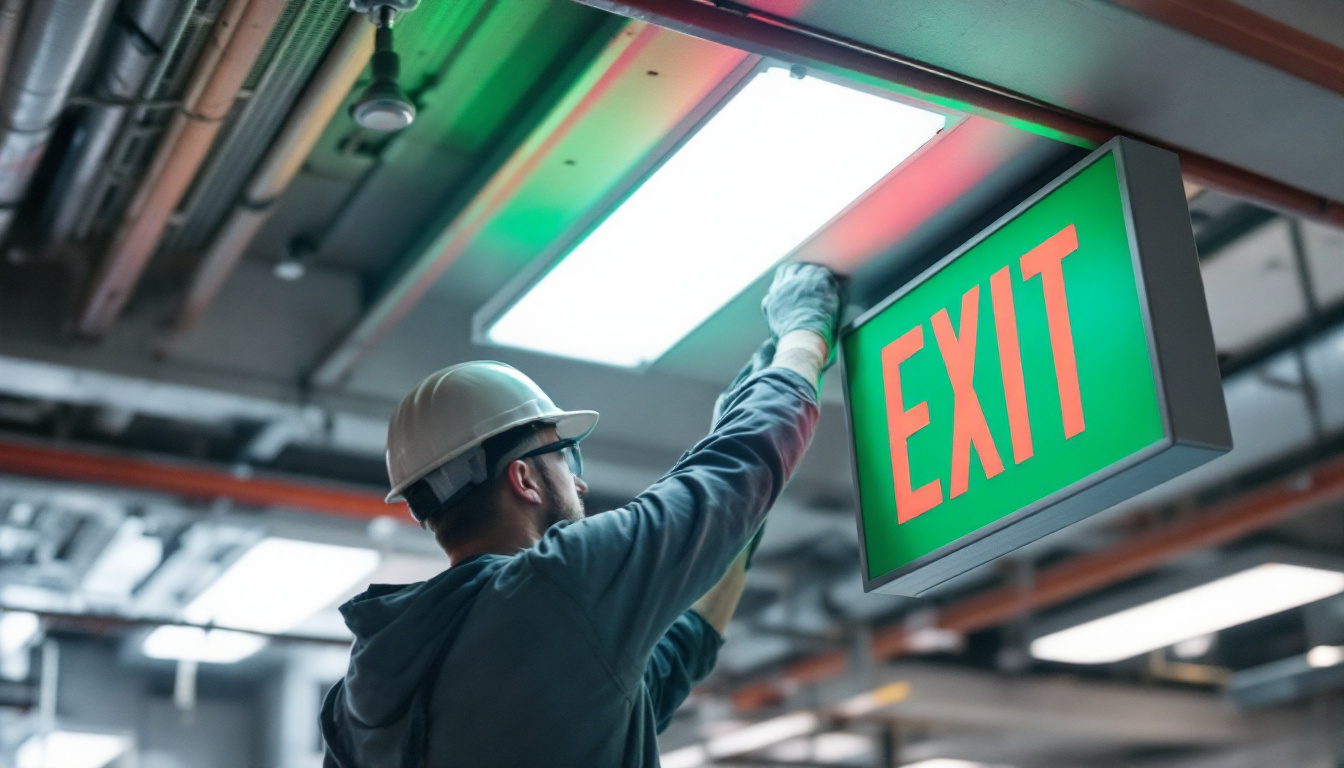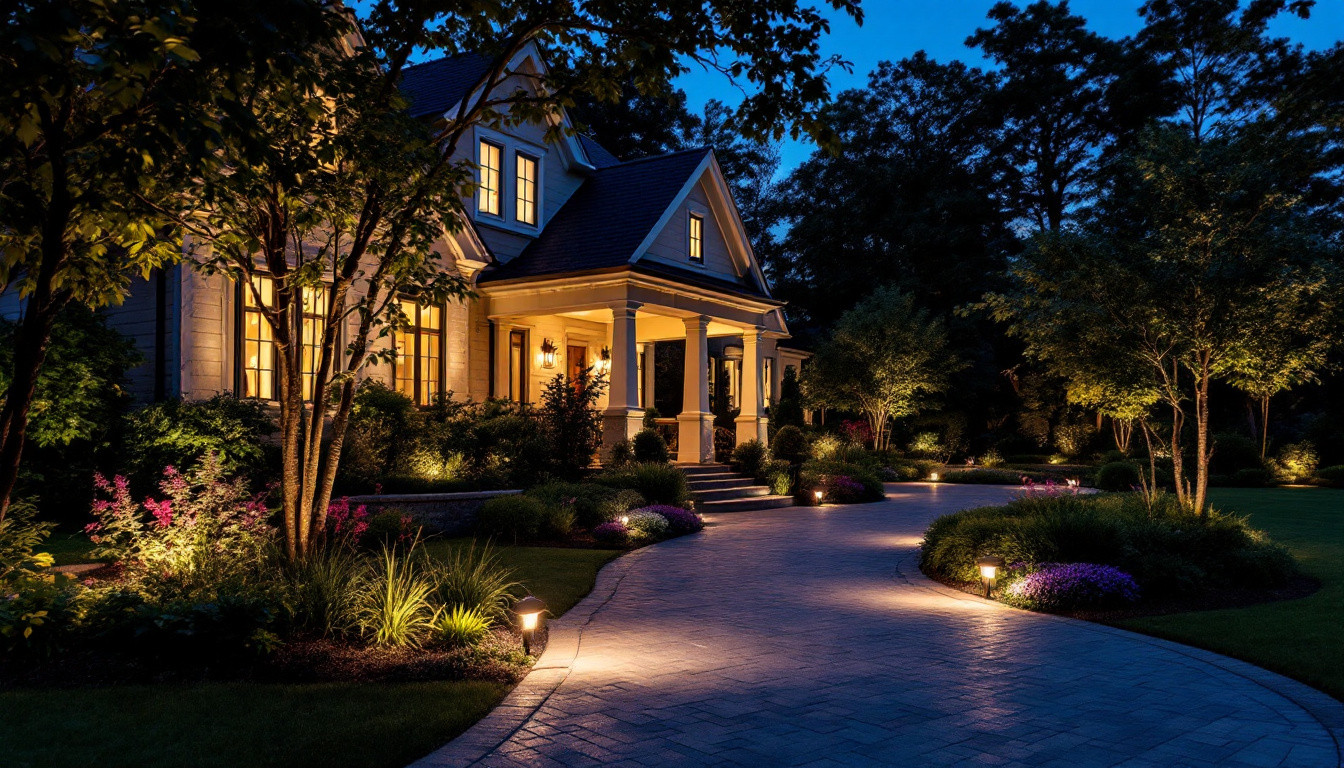
In the ever-evolving world of lighting design, smart technology has revolutionized the way spaces are illuminated. However, with innovation comes complexity, and many lighting contractors encounter issues such as smart light bulbs randomly flashing. Understanding the underlying causes of this phenomenon is crucial for creating effective lighting solutions that not only enhance aesthetics but also ensure functionality and reliability.
Smart light bulbs are a remarkable advancement in lighting technology, offering features such as remote control, scheduling, and color adjustments. These bulbs connect to Wi-Fi or Bluetooth networks, allowing users to manipulate their lighting environment with ease. However, the intricate technology that makes these features possible can sometimes lead to unexpected behaviors, such as flickering or flashing. The appeal of smart lighting extends beyond mere convenience; it also encompasses energy efficiency, as many smart bulbs are designed to consume significantly less power than traditional incandescent bulbs, contributing to lower electricity bills and a reduced carbon footprint.
At their core, smart light bulbs utilize LED technology combined with wireless communication protocols. When connected to a smart home system, users can control their lighting through apps or voice commands. The integration of sensors and smart technology allows for dynamic lighting adjustments based on time of day, occupancy, or even mood. This flexibility is a significant advantage, but it also introduces potential points of failure that can lead to erratic behavior. Additionally, many smart bulbs are equipped with features like dimming capabilities and the ability to sync with music or movies, creating an immersive atmosphere that enhances the overall experience of home entertainment.
While smart light bulbs offer numerous benefits, they are not without their challenges. Issues such as connectivity problems, software glitches, and compatibility with existing fixtures can lead to frustrating experiences for both contractors and end-users. Among these issues, random flashing is one of the most common complaints, often leaving contractors seeking solutions that can enhance customer satisfaction. Furthermore, the varying standards and protocols among different brands can complicate integration, leading to situations where users find themselves locked into a single ecosystem, limiting their options for future upgrades or replacements. Understanding these common pitfalls can empower users to make informed decisions and troubleshoot effectively, ensuring a smoother transition to a smarter home lighting system.
Identifying the root causes of random flashing in smart light bulbs is essential for addressing the problem effectively. Several factors can contribute to this behavior, and understanding them can help lighting contractors provide better service to their clients.
Electrical fluctuations can significantly impact the performance of smart light bulbs. Inconsistent voltage levels or faulty wiring can lead to flickering or flashing, as the bulbs struggle to maintain a stable connection. Contractors should ensure that the electrical systems in which these bulbs are installed are up to code and functioning correctly. Regular inspections can help identify potential issues before they escalate. Moreover, it is important to consider the overall electrical load on the circuit. If too many devices are drawing power from the same circuit, it can lead to voltage drops that affect the performance of smart bulbs. A thorough evaluation of the circuit’s capacity and the devices connected can help mitigate these issues.
Smart light bulbs rely heavily on stable Wi-Fi connections. If the signal is weak or intermittent, the bulbs may not receive consistent commands, resulting in erratic behavior. Contractors should assess the home’s Wi-Fi coverage and consider recommending range extenders or mesh networks to ensure reliable connectivity. Additionally, ensuring that the bulbs are within range of the router can significantly reduce connectivity-related issues. It is also worth noting that interference from other electronic devices, such as microwaves or cordless phones, can disrupt Wi-Fi signals. Educating clients about the importance of minimizing interference and optimizing their network setup can lead to a more seamless smart lighting experience.
Another common cause of flashing is incompatibility between smart bulbs and existing fixtures or dimmer switches. Many traditional dimmers are not designed to handle the low wattage of LED bulbs, leading to flickering. Contractors should advise clients on compatible fixtures and recommend replacing outdated dimmers with modern alternatives designed specifically for LED technology. Furthermore, it is crucial to consider the type of smart bulb being used, as some bulbs may not be compatible with certain types of fixtures, such as enclosed or recessed lighting. By guiding clients toward the right products and configurations, contractors can help ensure a stable and enjoyable lighting experience.
Once the causes of random flashing have been identified, implementing effective solutions becomes paramount. By addressing these issues proactively, lighting contractors can enhance the overall performance of smart lighting systems and improve customer satisfaction.
For contractors, ensuring that the electrical systems are in optimal condition is a critical step. Upgrading wiring, installing surge protectors, and ensuring proper grounding can help mitigate electrical issues that lead to flashing. Regular maintenance checks can also catch potential problems early, preventing disruptions in service.
Improving Wi-Fi connectivity is essential for the reliable operation of smart light bulbs. Contractors should assess the layout of the home and identify areas where the Wi-Fi signal may be weak. Recommending the installation of Wi-Fi extenders or mesh systems can provide a more robust network, ensuring that all smart devices, including light bulbs, function seamlessly.
When installing smart light bulbs, it is crucial to ensure compatibility with existing fixtures and dimmers. Contractors should educate clients on the importance of using LED-compatible dimmers and fixtures specifically designed for smart technology. This proactive approach can prevent flickering and enhance the overall lighting experience.
Beyond troubleshooting random flashing, lighting contractors have the opportunity to design better lighting solutions that incorporate smart technology effectively. By understanding the nuances of smart lighting, contractors can create systems that are not only functional but also aesthetically pleasing.
Integrating smart controls into lighting designs can enhance user experience significantly. By offering clients options for app control, voice commands, and automation, contractors can create a more dynamic lighting environment. Additionally, educating clients on how to use these features can lead to increased satisfaction and a better understanding of their lighting systems.
Layered lighting designs involve using multiple types of lighting to create depth and interest in a space. By combining ambient, task, and accent lighting, contractors can enhance the functionality and aesthetics of a room. Smart bulbs can play a crucial role in this design philosophy, allowing for easy adjustments based on the time of day or activity. This flexibility can greatly improve the overall lighting experience for users.
Energy efficiency is a growing concern for many homeowners, and smart lighting solutions can significantly contribute to reducing energy consumption. By incorporating LED technology and recommending smart bulbs, contractors can help clients save on energy costs while also promoting environmentally friendly practices. Educating clients about the long-term benefits of energy-efficient lighting can foster a positive relationship and encourage referrals.
The landscape of smart lighting is continually evolving, and staying informed about future trends is essential for lighting contractors. As technology advances, new opportunities will emerge for enhancing lighting designs and improving user experiences.
As smart home technology continues to gain traction, the integration of lighting systems with other smart devices will become increasingly seamless. Contractors should stay abreast of developments in home automation and explore opportunities to offer comprehensive smart home solutions that include lighting. This holistic approach can set contractors apart in a competitive market.
Emerging technologies, such as tunable white lighting and circadian rhythm lighting, are set to transform how spaces are illuminated. These advancements allow for more personalized lighting experiences that can adapt to users’ needs throughout the day. Contractors should consider incorporating these technologies into their designs, offering clients innovative solutions that enhance well-being and productivity.
As sustainability becomes a priority for consumers, lighting contractors have an opportunity to lead the way in eco-friendly designs. By promoting energy-efficient products and sustainable practices, contractors can appeal to environmentally conscious clients. This focus on sustainability not only benefits the planet but also positions contractors as responsible and forward-thinking professionals.
In conclusion, addressing the issue of smart light bulbs randomly flashing is essential for lighting contractors seeking to provide exceptional service and innovative solutions. By understanding the causes of this phenomenon and implementing effective strategies, contractors can enhance the reliability and performance of smart lighting systems. Furthermore, by embracing future trends and focusing on energy efficiency and sustainability, lighting professionals can position themselves for success in an ever-evolving industry.
The journey toward better lighting designs is ongoing, and staying informed about the latest developments in smart technology will empower contractors to create spaces that are not only beautifully illuminated but also functional and efficient. Embracing these challenges and opportunities will ultimately lead to a more rewarding experience for both contractors and their clients.
Ready to elevate your lighting designs with smart technology that promises efficiency, sustainability, and unmatched performance? Look no further than LumenWholesale, where we provide contractors with the highest quality, spec-grade lighting products at the best wholesale prices. Say goodbye to local distributor markups and hello to our exceptional selection that meets rigorous industry standards. With free shipping on bulk orders, you can trust that you’re getting premium lighting solutions at the most competitive rates, with no hidden fees. Make the smart choice for your next project and experience the LumenWholesale difference. Wholesale Lighting at the Best Value is just a click away.

Discover the critical guidelines for choosing between green and red exit signs in your lighting projects.

Discover how dawn to dusk exterior lighting is revolutionizing the industry and giving lighting contractors a competitive edge.

Discover essential tips from top lighting contractors on how an electrical outlet store can help you avoid common issues, ensure safety, and save up to 20% on quality outlets..

Discover essential tips and common pitfalls to avoid when selecting vintage industrial pendant lights for your projects.